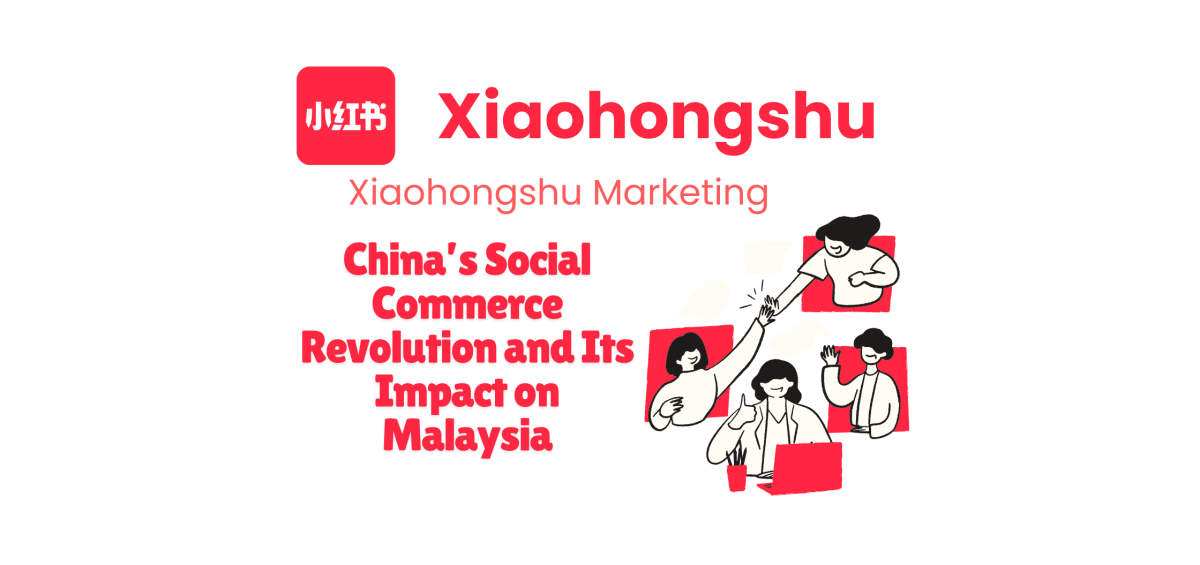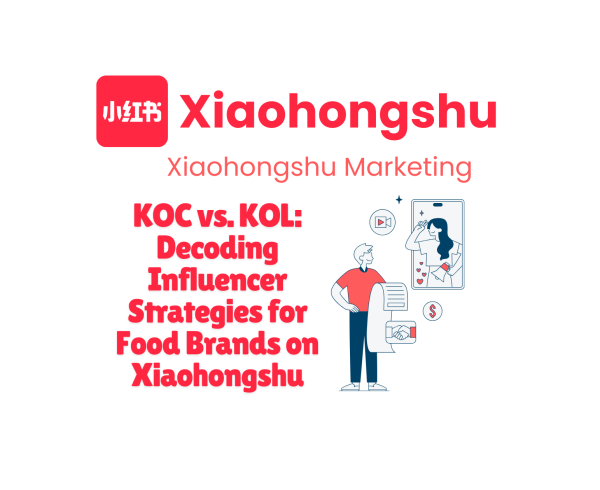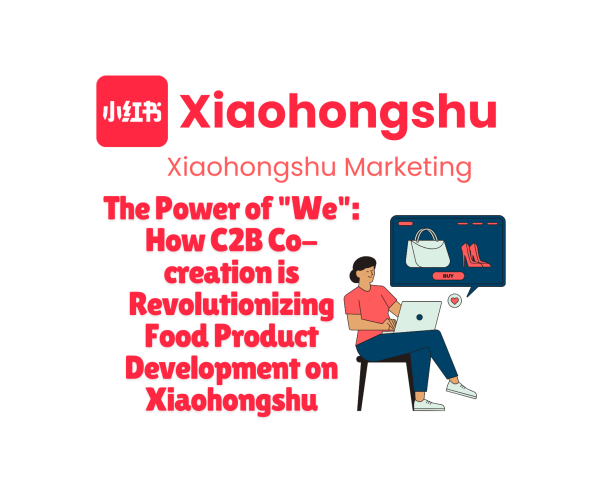In recent years, a unique social commerce platform has taken China by storm and is now making waves in Southeast Asian markets, including Malaysia. This platform is Xiaohongshu, or “Little Red Book,” and its impact extends far beyond simple e-commerce. From influencing purchase decisions to shaping travel choices, Xiaohongshu has become a digital powerhouse that’s reshaping the online ecosystem, with implications for Malaysian consumers and businesses alike.
The Xiaohongshu Phenomenon
Founded in 2013 by Miranda Qu and Charlwin Mao, Xiaohongshu began as a simple tool for Chinese travelers to share overseas shopping tips. Fast forward to today, and it has transformed into a powerhouse of social commerce, boasting over 200 million registered users and a valuation of $3 billion as of 2023.
What sets Xiaohongshu apart is its unique blend of social media, content creation, and e-commerce. Imagine combining the visual appeal of Instagram, the inspiration of Pinterest, the detailed reviews of consumer forums, and the convenience of Amazon – all tailored specifically for young, fashion-forward consumers.
Xiaohongshu’s Key Features
- User-Generated Content: The platform encourages users to share detailed “Shopping Notes” – reviews, photos, and tips about products they’ve purchased or experiences they’ve had.
- Visual-First Approach: High-quality photos and videos are at the heart of Xiaohongshu’s content strategy.
- Integrated E-commerce: Users can move seamlessly from discovery to purchase within the app through the RED Store feature.
- Celebrity Engagement: Many celebrities and influencers use the platform, sharing more intimate and relatable content than on other social media.
- Community Trust: Users perceive the content as more authentic and trustworthy compared to traditional advertising.
Xiaohongshu’s Impact on the Malaysian Market
While Xiaohongshu originated in China, its influence is increasingly being felt in Malaysia, particularly among young, urban consumers and those with ties to Chinese culture. Here’s how Xiaohongshu is making its mark in Malaysia:
- Cross-Border Shopping: Malaysian consumers are using Xiaohongshu to discover and purchase Chinese products that may not be readily available in local markets. This is particularly true for beauty, fashion, and lifestyle products.
- Travel Inspiration: As highlighted in a study by Dang Dai Ven from Universiti Tunku Abdul Rahman, Malaysian young adults aged 18-26 are increasingly turning to Xiaohongshu for travel inspiration and planning, especially for trips to China and other Asian destinations.
- Influencer Marketing: Malaysian influencers, particularly those who can create content in Mandarin, are starting to build followings on Xiaohongshu, creating a bridge between Chinese and Malaysian consumers.
- Cultural Exchange: Xiaohongshu serves as a platform for cultural exchange, allowing Malaysian users to gain insights into Chinese trends, lifestyles, and consumer preferences.
- Business Opportunities: Malaysian businesses, especially those in the beauty, fashion, and travel sectors, are beginning to recognize Xiaohongshu as a potential platform for reaching Chinese tourists and local Chinese-speaking consumers.
Key Findings for Malaysian Users
This study revealed some interesting insights about Xiaohongshu’s impact on Malaysian young adults:
– 55% of participants use Xiaohongshu daily
– 83% have made a purchase based on recommendations or reviews found on Xiaohongshu
– 84% consider Xiaohongshu their primary source of information before making online purchases
– 91.5% say Xiaohongshu reviews help them decide whether to buy a product
These findings suggest that Xiaohongshu is becoming an increasingly important platform for Malaysian consumers, particularly when it comes to product discovery and purchase decisions.
Looking Ahead
As Xiaohongshu continues to grow in influence, it presents both opportunities and challenges for the Malaysian market:
– Opportunities for Malaysian brands to reach Chinese consumers and tourists
– Potential for Malaysian influencers to build international followings
– Increased cross-border e-commerce between China and Malaysia
– Cultural exchange and trend-sharing between Chinese and Malaysian youth
However, it’s important to note that Xiaohongshu’s growth in Malaysia may also present challenges, such as increased competition for local e-commerce platforms and the need for Malaysian businesses to adapt to new forms of social commerce.
As we continue to explore Xiaohongshu’s impact, it’s clear that this platform is not just changing the way people shop – it’s reshaping how consumers discover products, share experiences, and connect across borders. For Malaysian businesses and consumers alike, understanding and leveraging Xiaohongshu could be key to staying ahead in an increasingly interconnected digital marketplace.






